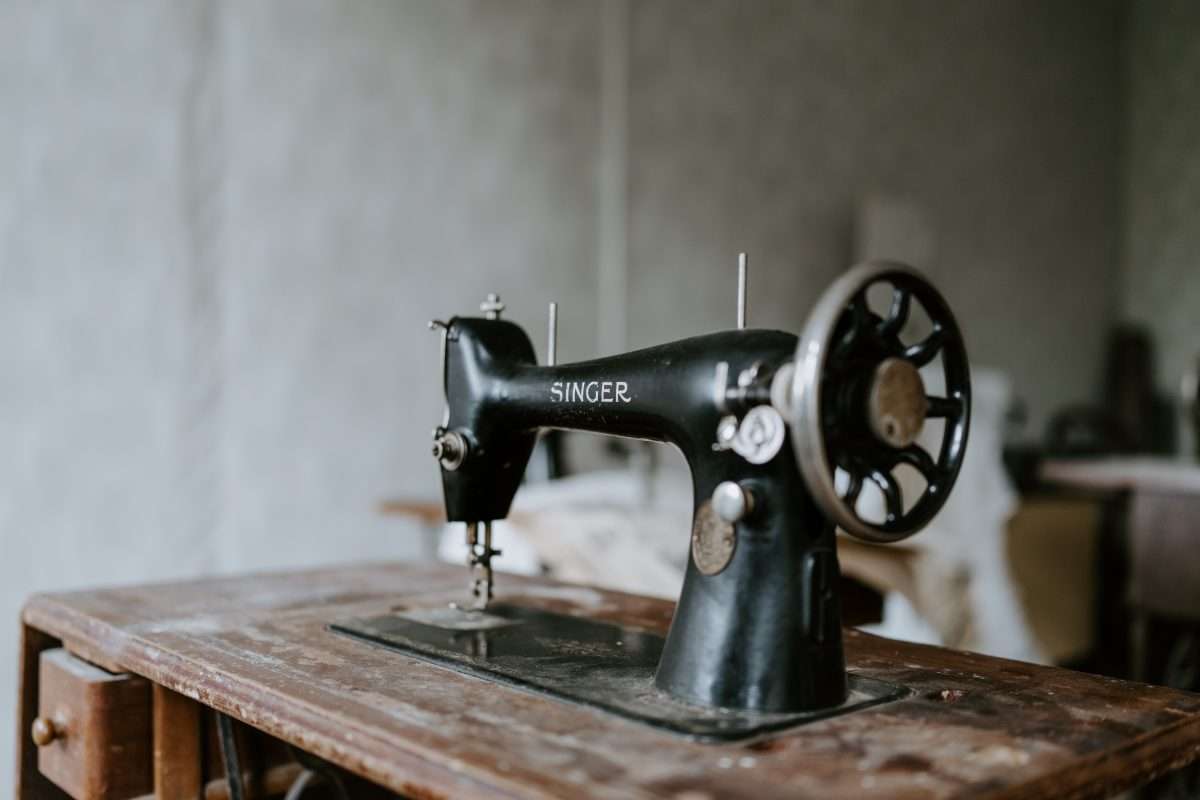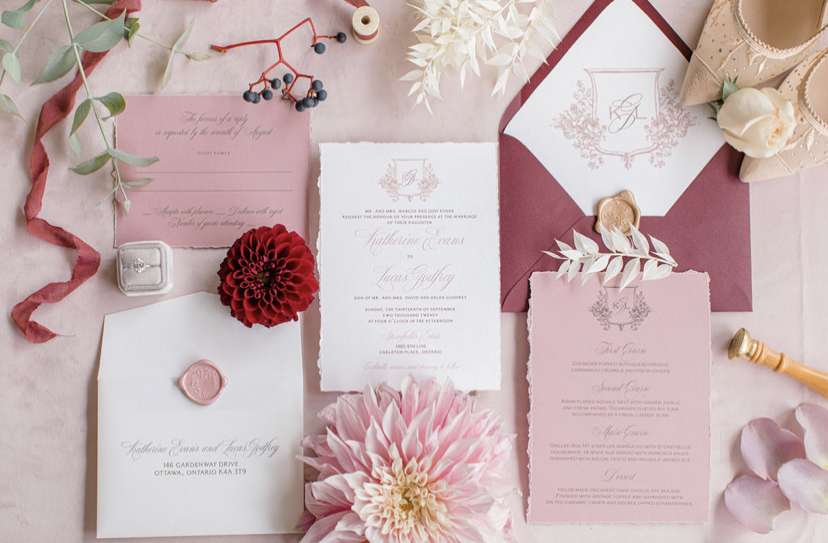TIPS FOR CUSTOMIZING YOUR GOWN INTO THE DRESS OF YOUR DREAMS
If you’ve tried on countless wedding dresses and have struggled to find a gown that ticks every box, then it’s possible what you picture for your gown is something that you need to create with the help of the right bridal shop and dress alterations team.
With the right alterations expert, you can transform almost any bridal gown into that dream dress you have in your head.
Whether it’s adding sleeves or changing a neckline, we’ll explain the importance of alterations and all the different ways you can dramatically alter your gown to best fit your vision.
THE IMPORTANCE OF ALTERATIONS ON A BRIDAL GOWN
Even if you aren’t customizing the design of a gown, dress alterations are crucial to ensure that your dress fits your body and unique shape perfectly.
Your bridal stylist will take your measurements to ensure you are ordering your gown in the correct size. However, your dress will, most often, need to be properly tailored to be a perfect fit. Especially if you experience any weight fluctuation after ordering your gown.
Dress alterations can cost anywhere between $50 to $1,000, depending on what needs to be done. So make sure to factor this into your dress and accessory budget.
DRESS ALTERATIONS TIMELINE – WHEN TO START THE PROCESS
Because designer wedding gowns can take up to 8 months to arrive after being ordered, it’s important to start dress shopping early. To ensure you have enough time for alterations when your gown comes in.
Try to schedule your first alterations appointment at least eight to 12 weeks before the wedding, and a final fitting no later than two weeks before.
WAYS TO TRANSFORM YOUR GOWN WITH ALTERATIONS
Besides the typical dress alterations like changing the hem and taking things in, there are more dramatic alterations you can do to completely change the look and feel of your dress.
Here are some ideas to bring up with your seamstress.
ADDING SLEEVES
If you’re struggling to find a more modest gown that fits your vision, ask your bridal stylist about the possibility of adding sleeves to a strapless or sleeveless gown.
Sleeves can be custom-made to match your gown perfectly and give you the look you’re going for.
A removable bolero is also an option if you want to be more covered for the ceremony but not the reception.
STRAPS
Fell in love with a strapless gown but looking for a bit more support? Adding straps are a great option, whether you simply prefer the look of straps, or you need a bit of extra support in the bust.
CHANGING A NECKLINE
Plunging necklines are super in trend right now, but if you’d rather be a bit more covered, there are plenty of options for you.
From closing a deep neckline to altering a strapless gown into a sweetheart neckline, most neckline alterations can be done. Be sure to discuss with your bridal stylist whether your vision is feasible with certain gowns.
CORSET BACK
A corset back not only gives your dress a sexier feel but is also a great option if your dress is a bit too small leading up to your wedding day.
Because, while a dress can be easily taken in, making it larger can be a bit of a challenge. Depending on the style of your dress, a corset lace-up back may be the perfect solution.
CREATE A LOW BACK
Love a dramatic low back? Depending on the style of your gown, this can be achievable. While often tricky with strapless gowns, many dresses with straps or sleeves can be altered to be given an open back. Be sure to ask your bridal stylist whether the design of your gown will accommodate this.
CREATING AN OVERSKIRT
On the fence about whether to go with a sleek and sexy fit and flare or a dramatic ball gown? Why not choose both? An overskirt is an incredibly popular option for brides looking for the best of both worlds.
An overskirt is a dramatic ballgown-like skirt that’s open at the front and is worn over a more fitted wedding dress.
Celebrities like Sophia Vergara, Ashley Tisdale, and more have looked stunning on their wedding day with an overskirt wedding dress, so be sure to check them out to get a feel for how it may look.
CUSTOM CAPE
Another huge celebrity red carpet and bridal trend is dramatic capes. From Gweneth Paltrow at the Oscars to Kaley Cuocco on her wedding day, capes add a bit of edge and fashion-forward flare to any gown.
Whether it’s stunning beaded lace or simple and ethereal tulle, a cape will ensure you truly stand out on your big day and will have your future spouse and guests swooning as you walk down the aisle.
DETACHABLE OFF THE SHOULDER SLEEVES
Romantic, drapey, off-the-shoulder sleeves are a huge trend right now. And if you don’t want to be committed to them all night? Just ask your seamstress if they can create a detachable option if you love the look of this type of sleeve!
OTHER DRESS ALTERATIONS TO CONSIDER
Besides more extensive customizations, it’s important not to forget some of the smaller alterations that can make a huge difference, such as:
- Adding structure and boning
- Hemming
- A bustle
- Adding extra beading
- Taking in around the bust
- Shortening or lengthening the straps
- Adding extra layers of crinoline
- Adding more structure
- Creating a statement bow
When shopping for wedding dresses, it’s important to remember that you may never find a gown off the rack that is perfect in every way. No matter how much you love your dress when you first try it on, most dresses require some alterations. To ensure you are getting the perfect look and feel on your wedding day. So, if you love certain elements of one dress but it doesn’t tick every box, ask your stylist and seamstress* what can be done to make it look exactly how you envisioned.
Read More: Wedding Dress Alterations Advice
* Did you know Sinders Bridal House has our own experienced in-house seamstress? Check out Rose’s Custom Sewing to make your quick, professional and high-quality alterations!


